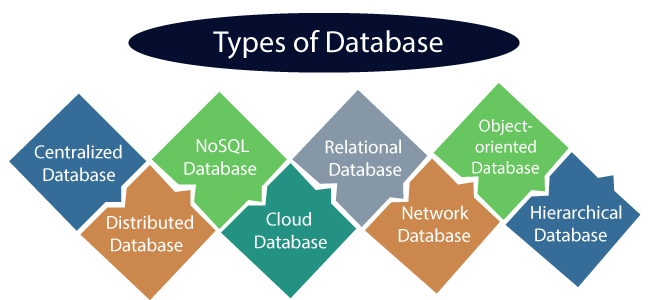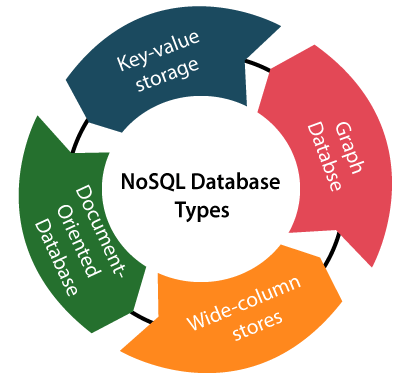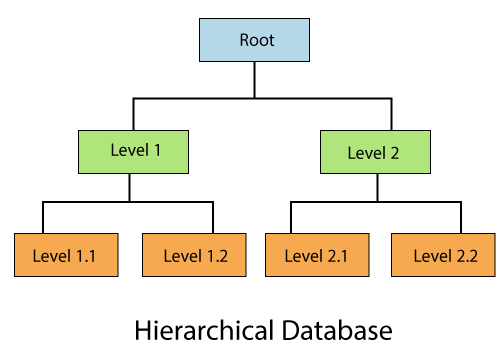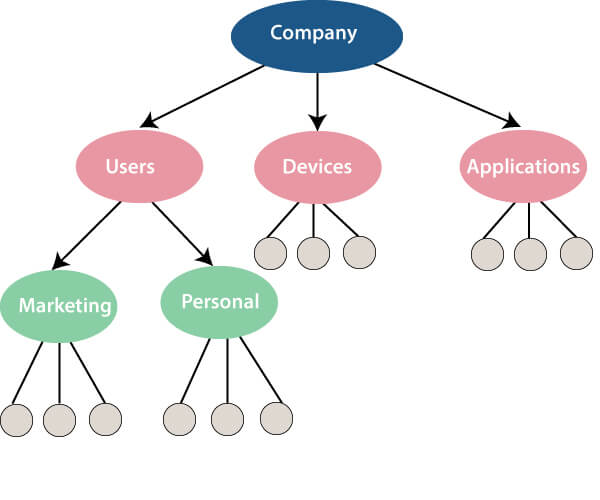Difference between DBMS and RDBMS
Although DBMS and RDBMS both are used to store information in the physical database there are some remarkable differences between them.
The main differences between DBMS and RDBMS are given below:
| No. | DBMS | RDBMS |
|---|---|---|
| 1) | DBMS applications store data as files. | RDBMS applications store data in a tabular form. |
| 2) | In DBMS, data is generally stored in either a hierarchical form or a navigational form. | In RDBMS, the tables have an identifier called the primary key and the data values are stored in the form of tables. |
| 3) | Normalization is not present in DBMS. | Normalization is present in RDBMS. |
| 4) | DBMS does not apply any security with regards to data manipulation. | RDBMS defines the integrity constraint for the purpose of ACID (Atomocity, Consistency, Isolation and Durability) property. |
| 5) | DBMS uses file system to store data, so there will be no relation between the tables. | in RDBMS, data values are stored in the form of tables, so a relationship between these data values will be stored in the form of a table as well. |
| 6) | DBMS has to provide some uniform methods to access the stored information. | RDBMS system supports a tabular structure of the data and a relationship between them to access the stored information. |
| 7) | DBMS does not support distributed database. | RDBMS supports distributed database. |
| 8) | DBMS is meant to be for small organization and deal with small data. it supports single user. | RDBMS is designed to handle large amount of data. it supports multiple users. |
| 9) | Examples of DBMS are file systems, xml etc. | Example of RDBMS are mysql, postgre, sql server, oracle etc. |
After observing the differences between DBMS and RDBMS, you can say that RDBMS is an extension of DBMS. There are many software products in the market today who are compatible for both DBMS and RDBMS. Means today a RDBMS application is DBMS application and vice-versa.








